Which ADA Operator is right for my business?
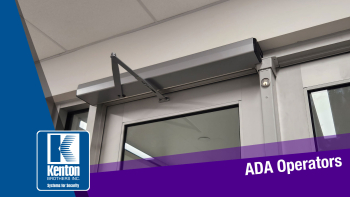 By Ryan Kaullen, Field Services Manager at Kenton Brothers
By Ryan Kaullen, Field Services Manager at Kenton Brothers
An ADA Operator is a device that you install on a door to make it suitable for people who need help opening and holding open a door. ADA Operators come in many styles, offerings, and sizes to help meet the needs of a facilities openings. Operators can be integrated to work with a company’s access control platform and can be set to work on specific schedules.
The question becomes which ADA Operator is right for my business?
First let’s discuss some of the common type of ADA Operators.
Low-Energy Operators, Power-Assist Operators, and Full Power Operators are some of the most common types. Each of these Operators are made for a specific purpose:
Low-Energy Operator
A Low-Energy operator allows users of all types of mobility to select either manual operation or automatic operation of the door.
Power-Assist Operator
A Power-Assist Operator uses a motor driven mechanism inside the device to open and close the door, it senses the presence of a person trying to open the door and assists them in doing so.
Full-Power Operator
Full-Power (Or Energy) Operators use more energy to quickly open the doors with a higher amount of force. They use sensors, guide rails, have variable closing speeds, and other internal tools to help at the opening.
Access Control Integration and ADA Buttons
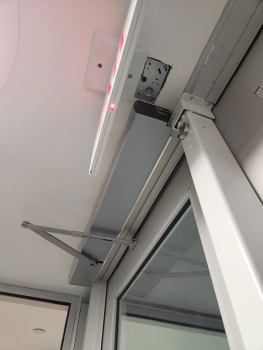 Next let’s discuss the integration of the operators.
Next let’s discuss the integration of the operators.
Kenton Brothers installs hundreds of Operators each and every year, and a large portion of these are integrated with our customer’s access control platform. The benefits are simple: They can be controlled via schedules, they work in tandem with physical door hardware to keep your facility secure, they allow employees and or patrons with mobility issues to gain entry at correct times, and the operators become an integral part of the building design.
I also wanted to mention ADA buttons.
ADA buttons can be hardwired, wireless, and wave actuated. Button selection is determined by many things including wire paths available; do you want people touching the buttons or not, location of buttons, and aesthetics. Buttons also come in different sizes depending on the available space in the location where they will be installed.
If you have any questions regarding ADA Operators and how they can fit into your facility’s safety and security methods, please contact one of our security consultants to learn more.


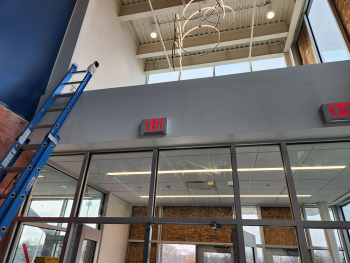
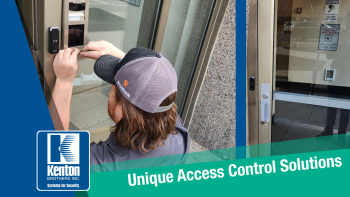
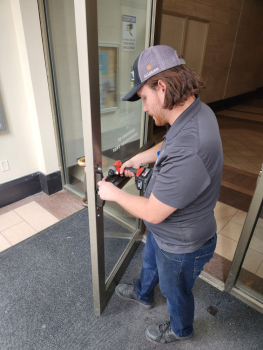
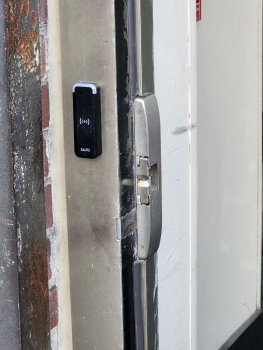
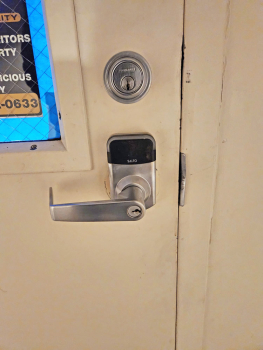
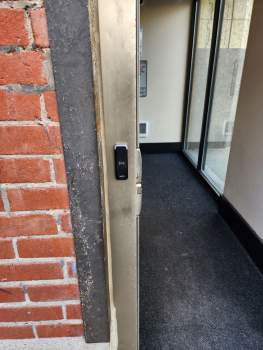
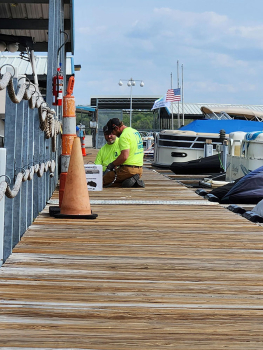
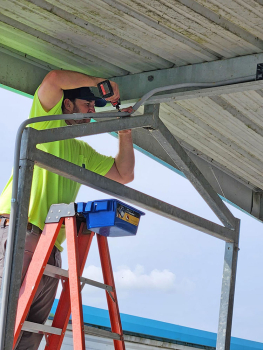
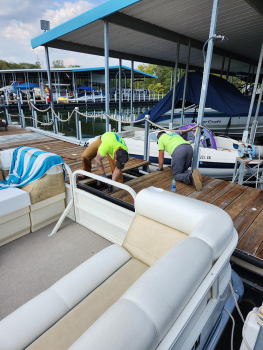
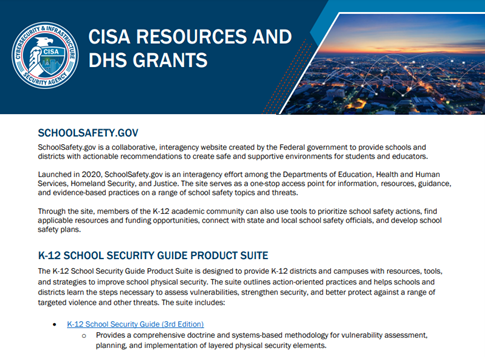

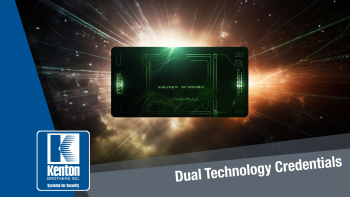 Access Control has been around for a few decades now, and during that time the technology has evolved. A lot of customers have older access control equipment and can’t afford to change out equipment every time technology and security solutions change. What are ways that a company can increase security but not have to change out everything all at once? How can they avoid impacting large portions of the their current access control solution? One way is by using Dual Technology Credentials.
Access Control has been around for a few decades now, and during that time the technology has evolved. A lot of customers have older access control equipment and can’t afford to change out equipment every time technology and security solutions change. What are ways that a company can increase security but not have to change out everything all at once? How can they avoid impacting large portions of the their current access control solution? One way is by using Dual Technology Credentials.